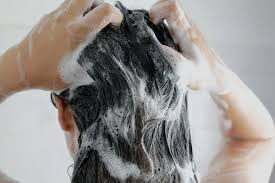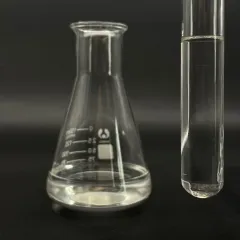If you are looking for high-quality products, please feel free to contact us and send an inquiry, email: brad@ihpa.net
Betaine surfactants
It is produced by the response of fatty tertiary amines and salt chloroacetate, including cocoylpropyl betaine, dodecyl betaine, cetyl betaine, and lauroyl propyl betaine. It is milder than the first 3 and is currently the major surfactant in child hair shampoo.
In 1940, the American DuPont Business invented and applied this type of substance. Like amino acid surfactants, this kind of surfactant has solid detergency and reduced inflammation, and the solution is weakly acidic. Animal experiments have verified that this type of compound is less poisonous. It is a perfect surfactant.
( surfactants in shampoos)
Amino acid surfactants
Made from a mix of coconut oil and amino acids, it is risk-free, gentle, and non-irritating. The most important point is that it is normally weakly acidic and meets the pH demands of healthy skin and hair. It is the suitable surfactant in infant shampoo. They are “cocoyl glycine,” “cocoyl glutamate disodium,” and so on
From the point of view of chemical homes, its pH value is in between 5.5 and 6.5, which is weakly acidic and close to the pH worth of human skin. Hence, it is gentle and skin-friendly and ideal for all hair types; amino acid surfactants are zwitterionic and conveniently soluble in water. It is simple to wash clean.
Yet it also has constraints. Amino acid surfactants are a number of to dozens of times much more pricey than regular surfactants, and the majority of are shampoos specifically made for infants and young children. The negative aspects of amino acid surfactants are that they are not rich in foam and have weak purification capacity.
The sensation of solidification and turbidity of surfactants in winter season is mostly as a result of the reduced temperature creating several of its components to take shape or speed up.
(surfactants in shampoos)
Suppose surfactant solidifies and ends up being turbid in winter season?
This is a physical sensation and does not have a significant effect on the effectiveness of surfactants. In order to solve this trouble, the following methods can be taken:
1. Increase the temperature: Put the surfactant in a cozy environment or raise its temperature by home heating to ensure that the crystallized or precipitated elements will slowly dissolve and the surfactant will certainly return to a clear state. Nevertheless, it needs to be kept in mind that the temperature level must be stayed clear of when heating to avoid impacting the surfactant’s performance.
2. Stirring: For surfactants that have actually strengthened or come to be turbid, they can be restored to an uniform state by stirring. Stirring can aid taken shape or sped up ingredients redisperse right into the liquid and improve surfactant clearness.
3. Add solvent: Sometimes, an appropriate amount of solvent can be included in thin down the surfactant, thus boosting its coagulation and turbidity. However, the included solvent must be compatible with the surfactant and should not influence its usage impact.
Provider of Surfactant
TRUNNANO is a supplier of surfactant with over 12 years experience in nano-building energy conservation and nanotechnology development. It accepts payment via Credit Card, T/T, West Union and Paypal. Trunnano will ship the goods to customers overseas through FedEx, DHL, by air, or by sea. If you are looking for high-quality AEMES Disodium Laureth Sulfosuccinate CAS 40754-59-4, please feel free to contact us and send an inquiry.
Inquiry us

